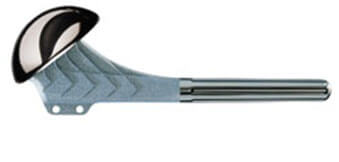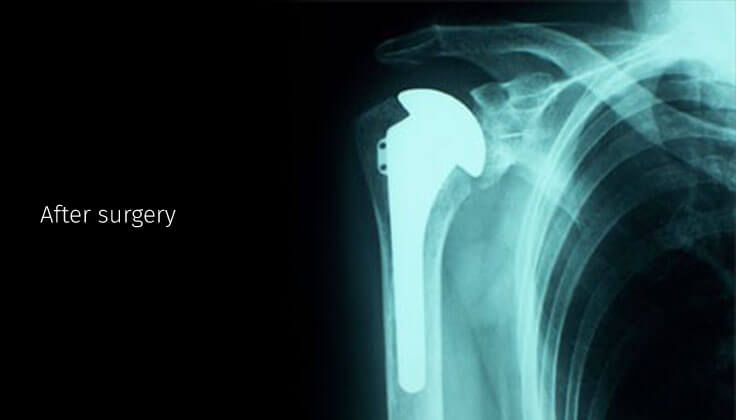OSTEOARTHRITIS OF THE SHOULDER
The shoulder is the most mobile of all joints. Unfortunately it can wear out, which is known as Osteoarthritis.
The shoulder joint is considered to be one of the most complex joints in the body. It is made up of three main bones: the scapula, clavicle and humerus. The shoulder joint is unique in that the ball of the upper arm bone (the humeral head) is two times larger than the socket of the shoulder blade (the glenoid). This creates a very mobile joint, but demands an extensive array of tendons, ligaments and muscles to keep the joint together. These together allow the smooth movement found in the healthy shoulder. The main shoulder joint (the glenohumeral joint) allows more movement than any other joint in the body. It is responsible for one to raise their arm, to put their arm up their back and to bring it out to the side.
Unfortunately a joint like this can wear out like any other joint in the body and can therefore develop arthritis. This causes pain and joint destruction. The following three types of arthritis are the most common sources of joint damage seen in the shoulder.




